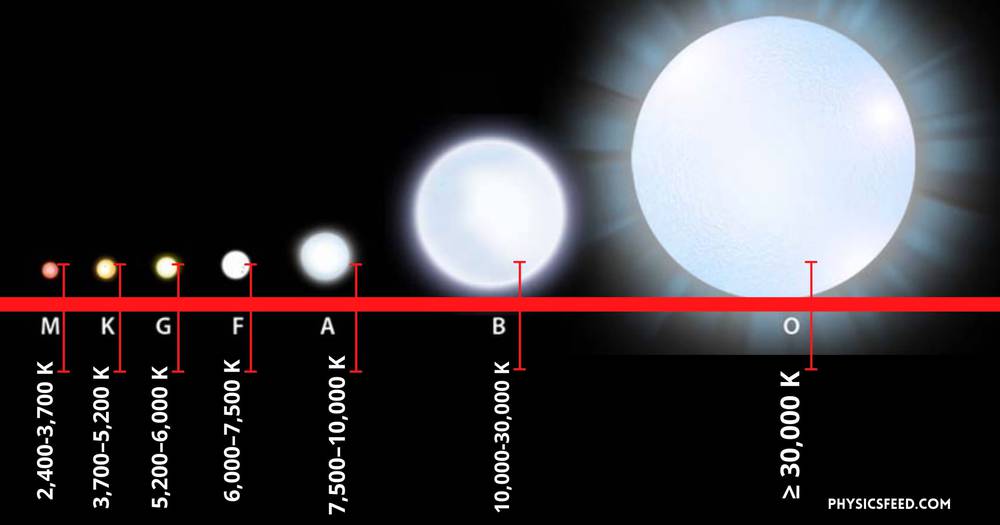Each spectral line of stars indicates a particular chemical element or molecule, with the line strength indicating the abundance of that element where the strengths of different spectral lines vary mainly due to the temperature of the photosphere, although in some cases there are true abundance differences.
The spectral classification scheme that is in present use, called the Harvard spectral classification, was developed at Harvard Observatory in the United States in the early 20th century.
The work started when Henry Draper in 1872 took the first photograph of the spectrum of Vega. Later Draper’s widow donated the observing equipment and a sum of money to Harvard Observatory to continue the work of classification.
However, many come into the contributors’ list, the main part of the classification was done by Annie Jump Cannon using objective prism spectra.
The Harvard classification is a one-dimensional classification scheme and is based on lines that are mainly sensitive to the stellar temperature, rather than to gravity or luminosity. Important lines are the hydrogen Balmer lines, the lines of neutral helium, the iron lines, the H and K doublet of ionised calcium at 396.8 and 393.3 nm, the G band due to the CH molecule and some metals around 431 nm, the neutral calcium line at 422.7 nm and the lines of titanium oxide (TiO).

In the Harvard classification scheme, the main types of spectra class are denoted by capital letters; O, B, A, F, G, K, M. These letters are initially ordered in alphabetical sequence, but subsequently, it was noticed that they could be ordered according to temperature.
The classification also contains C and S class which represent parallel branches to types G–M, differing in their surface chemical composition. Additional notations are Q for novae, P for planetary nebulae and W for Wolf–Rayet stars. Further, the most recent addition are the spectral classes L and T continuing the sequence beyond M, representing brown dwarfs.
|
Class |
Star Types |
Effective Temperature |
|
O |
Blue stars |
≥ 30,000 K |
|
B |
blue-white stars |
10,000–30,000 K |
|
A |
White stars |
7,500–10,000 K |
|
F |
yellow-white stars |
6,000–7,500 K |
|
G |
Yellow stars |
5,200–6,000 K |
|
K |
light orange stars |
3,700–5,200 K |
|
M |
orange-red stars |
2,400–3,700 K |
|
L |
Brown (actually dark red) stars |
about 2000 K |
|
T |
Brown dwarfs stars |
about 1000 K. |
|
C |
carbon stars |
about 3000 K. |
|
S |
Red low-temperature stars |
about 3000 K |
The spectral classes are divided into sub-classes denoted by the numbers 0 to 9; 0 indicating the hottest stars and 9 the coolest of a given class. For example, A0 denotes the hottest stars in class A and A9 denotes the coolest ones. The temperature defines the star's colour and surface brightness.
